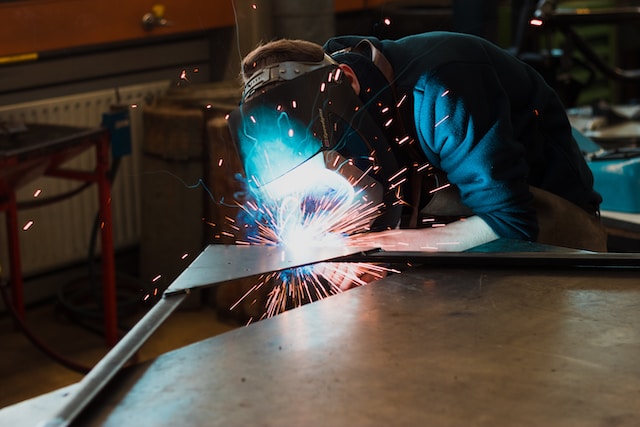Australia’s climate targets will require the construction of new energy infrastructure on a massive scale and tens of thousands of welders.
An industry survey released on Tuesday found the welding and fabrication industry is facing challenges it warns will make the delivery of the federal government’s renewable energy plans almost impossible.
“All this renewable energy infrastructure will require a veritable army of skilled workers, including welders,” Geoff Crittenden, CEO of industry body Weld Australia, said.
“Australia will have a shortfall of at least 70,000 welders by 2030.”
He said the country does not have the sovereign manufacturing capacity to produce the more than 11,000 wind towers that will be needed, each requiring 500 tonnes of plate steel for onshore towers or 750 tonnes for offshore wind towers.
To connect new generation to consumers, the Australian Energy Market Operator estimates more than 10,000km of new transmission lines and 25,000 transmission towers – at 30 to 60 tonnes of steel per tower – will need to be constructed.
Completed by more than 130 companies, the survey revealed worker shortages and the rising cost of materials, energy and labour are top concerns.
Overheads are expected to continue to rise this year, with most expecting even higher materials prices and energy costs.
Half of Australia’s welding workshops are already operating at 80 per cent of their capacity or below because of a lack of skilled workers.
Despite these concerns, the majority (62 per cent) of the welding industry supports the national emissions reduction targets, the survey found.
Legislated emissions reductions targets of 43 per cent by 2030 and net zero by 2050 will require the existing renewable energy generation to more than triple by 2050.
However, three-quarters of the welding and fabrication industry believe governments are not doing enough to get there.
The survey found the industry is also investing in its own sustainability performance and credentials.
Practical measures include installing LED or sensor lighting (80 per cent, up from 53 per cent in 2022) and waste reduction programs (78 per cent, up from 46 per cent in 2022).
Three-quarters have recycling, upcycling and repurposing programs, up from just under half (46 per cent) in 2022.
Half are implementing a net-zero carbon plan, up from a mere 13 per cent a year ago.
Marion Rae
(Australian Associated Press)






